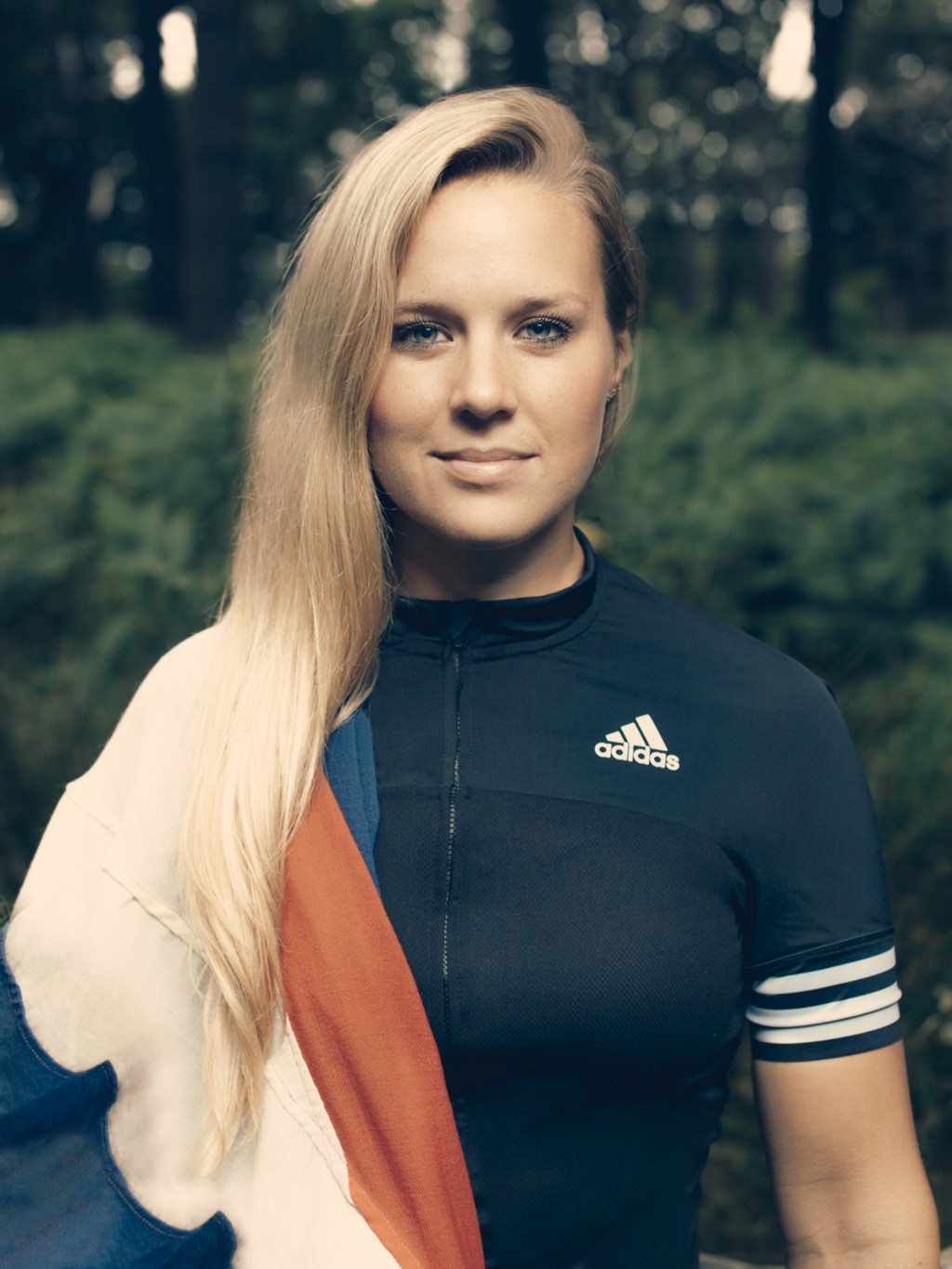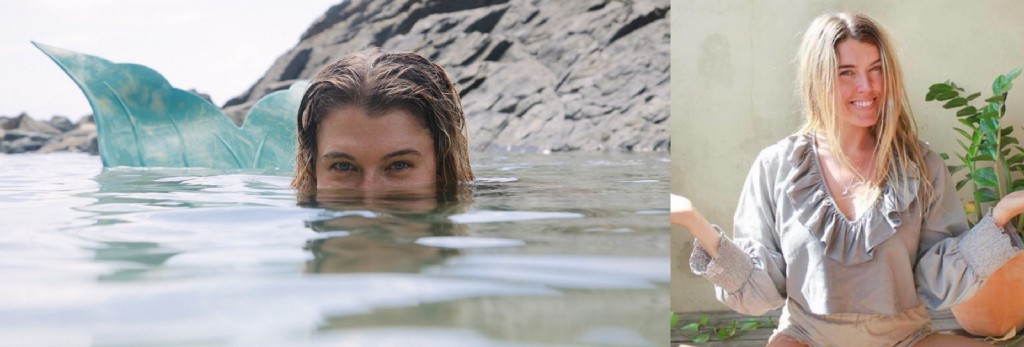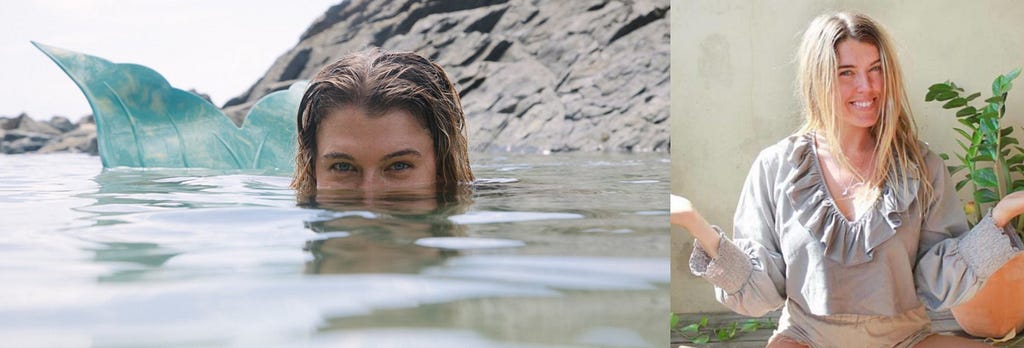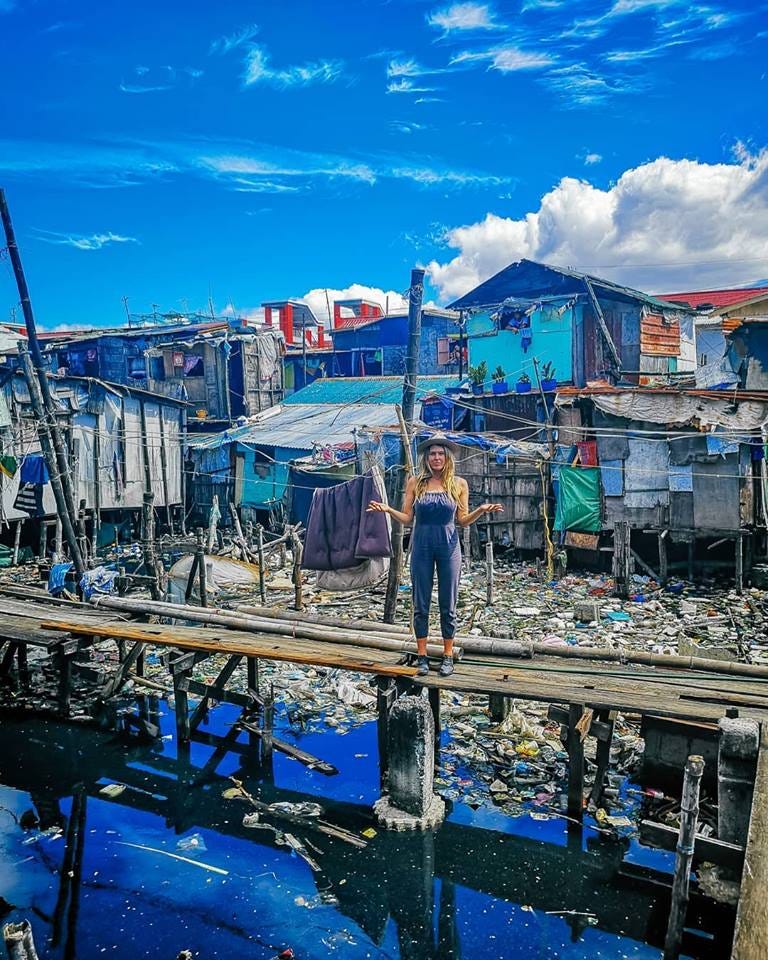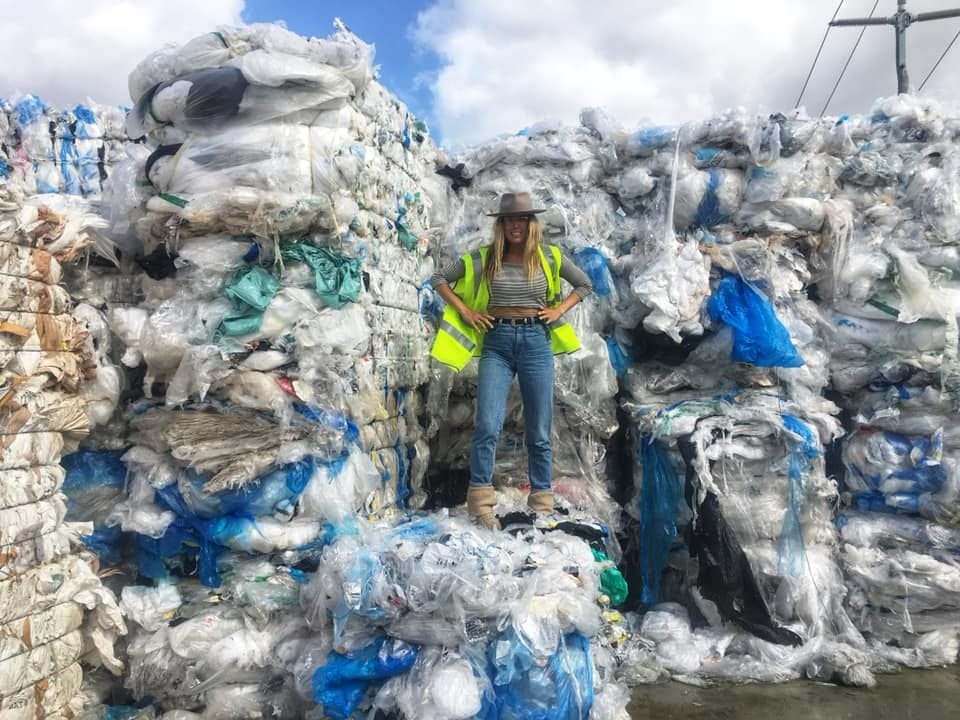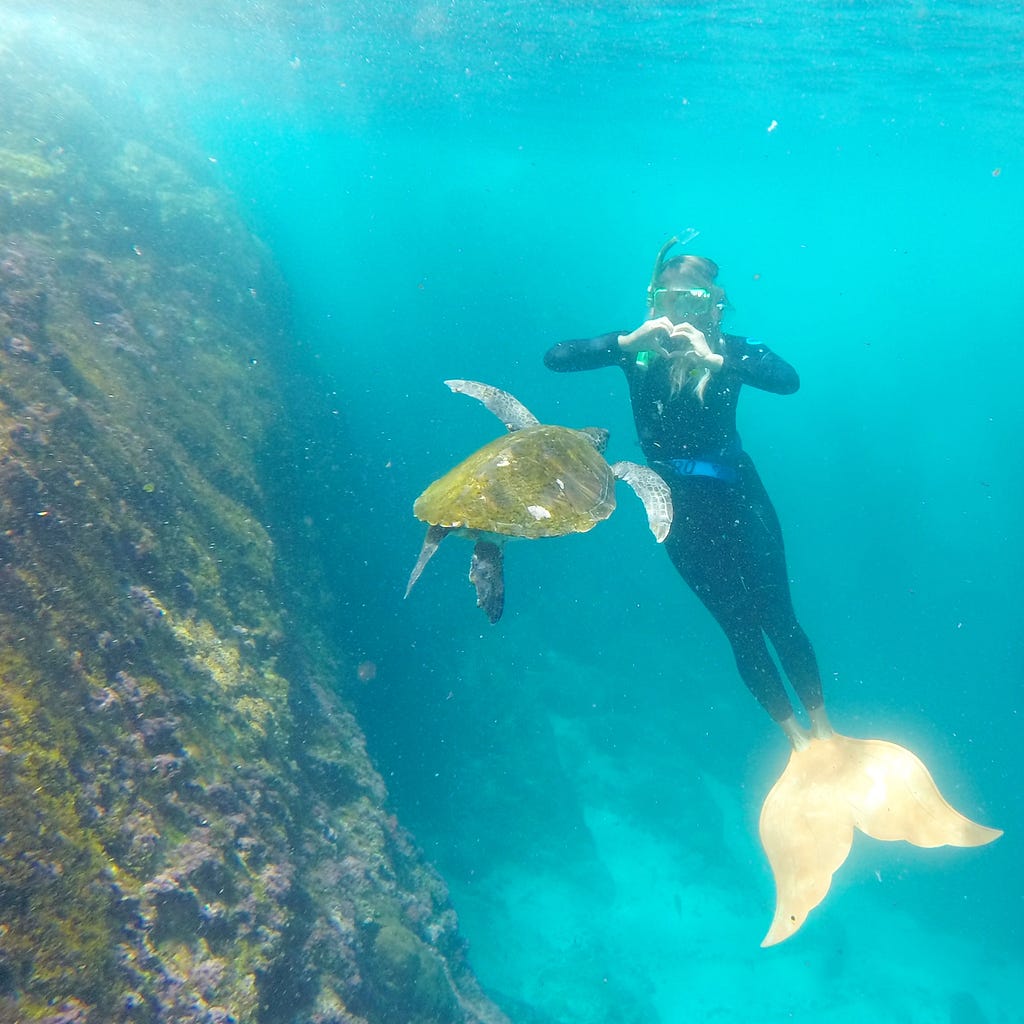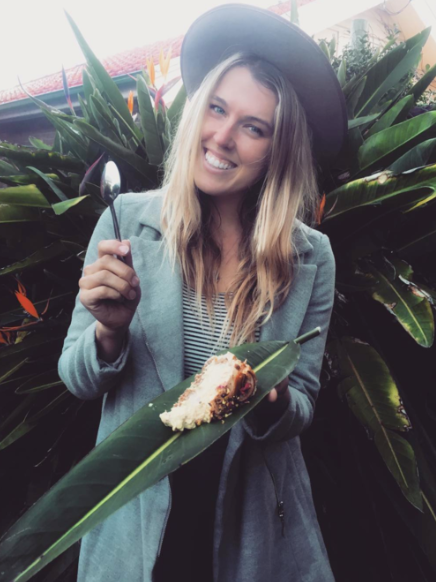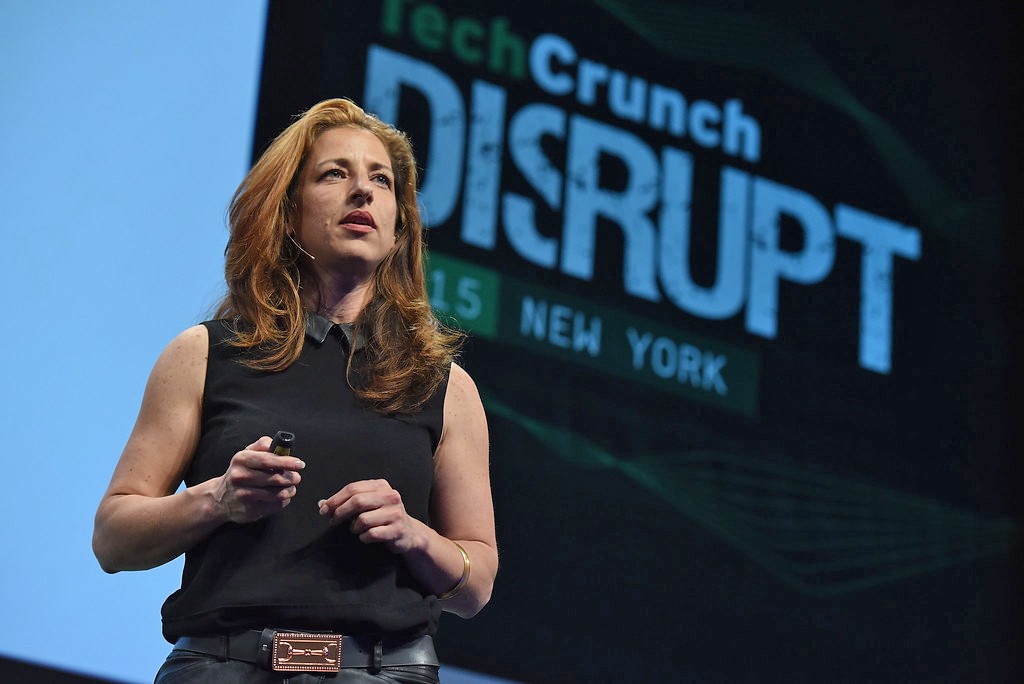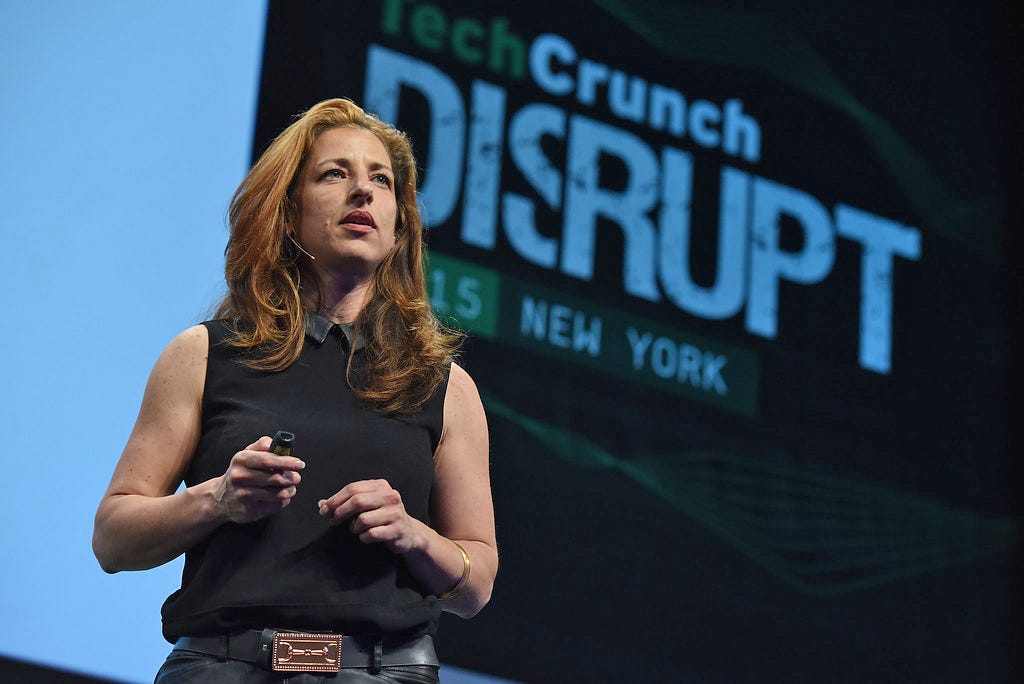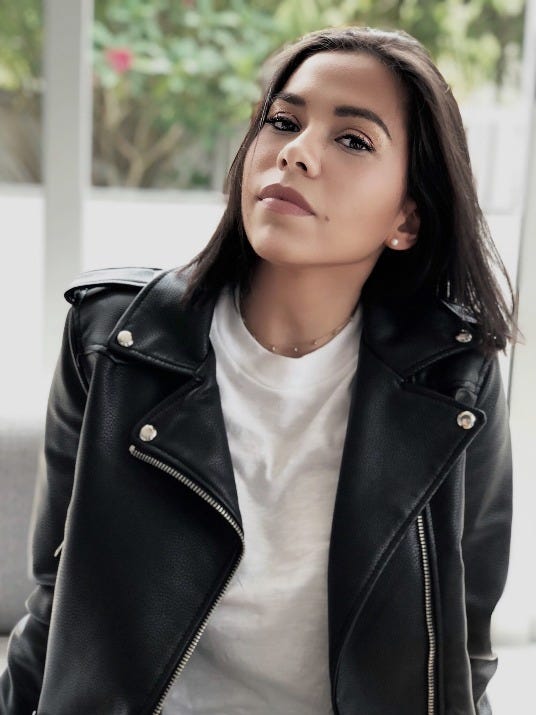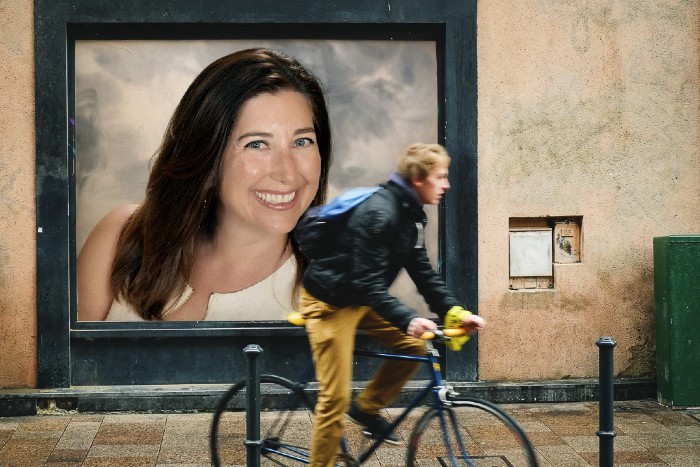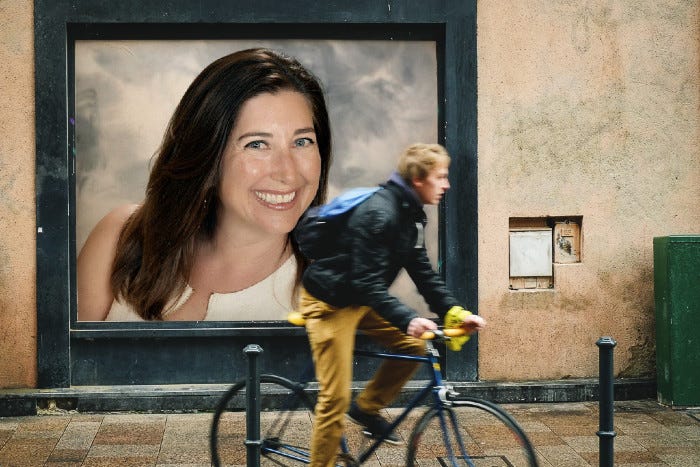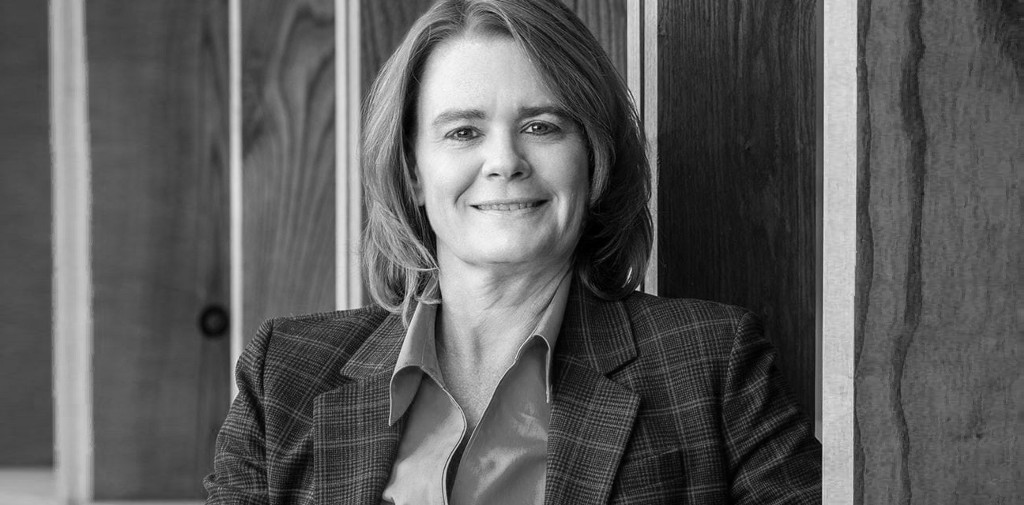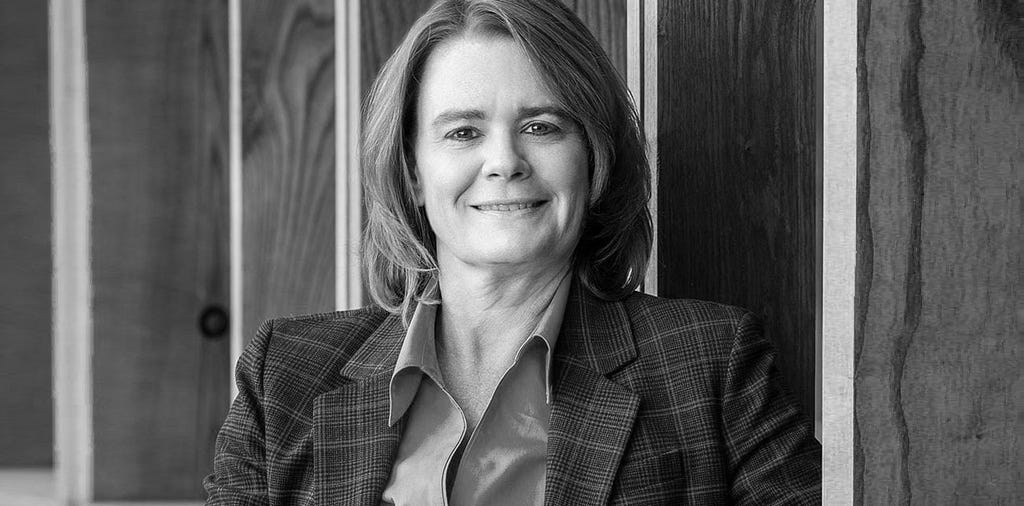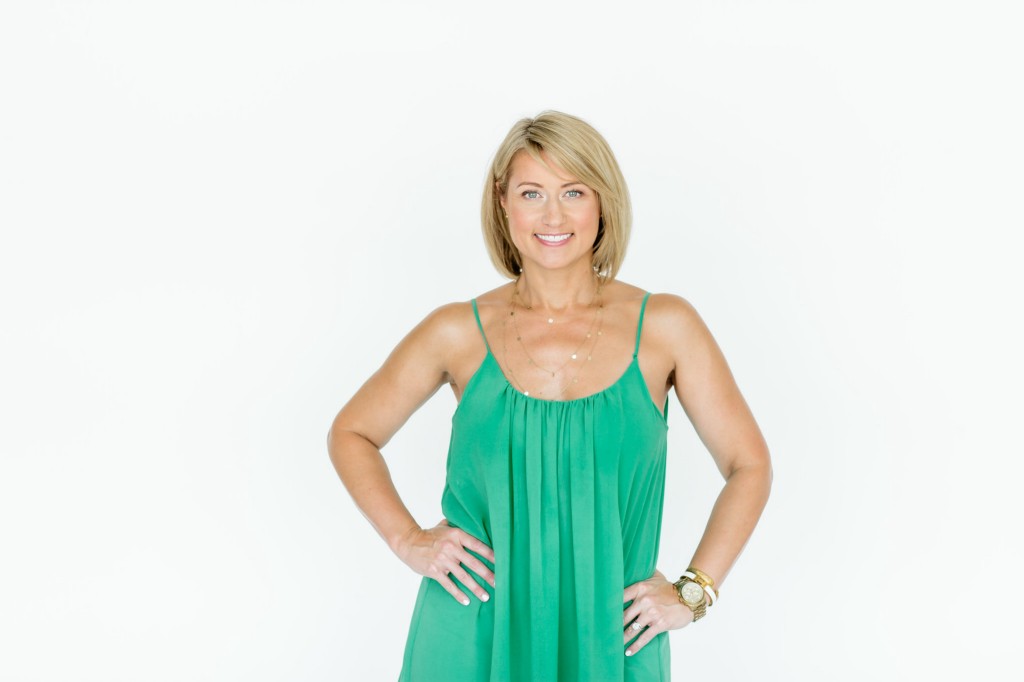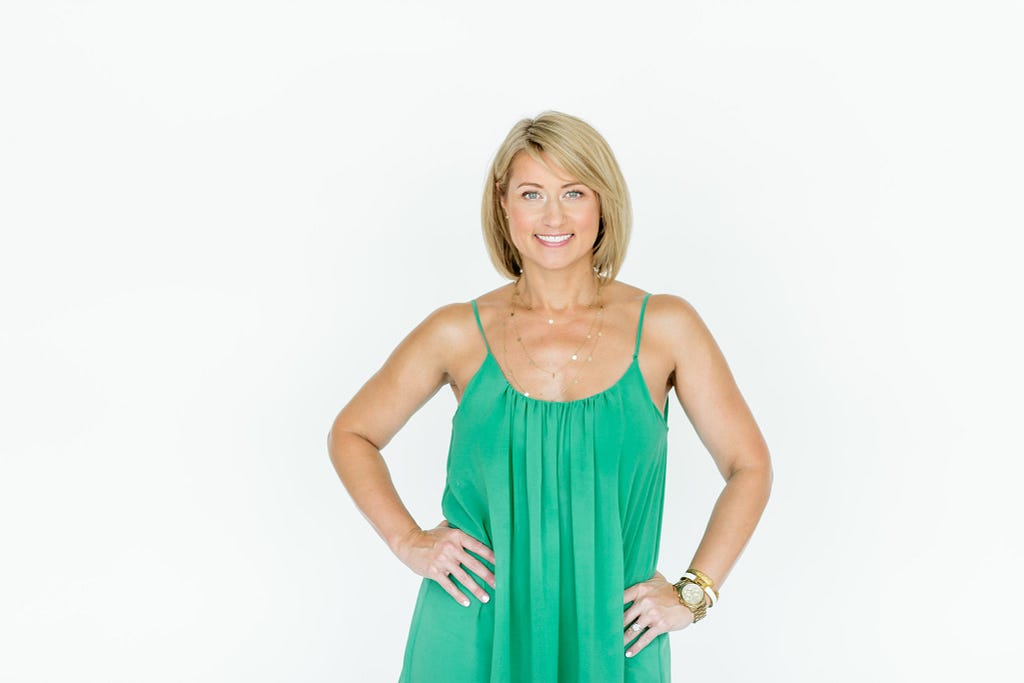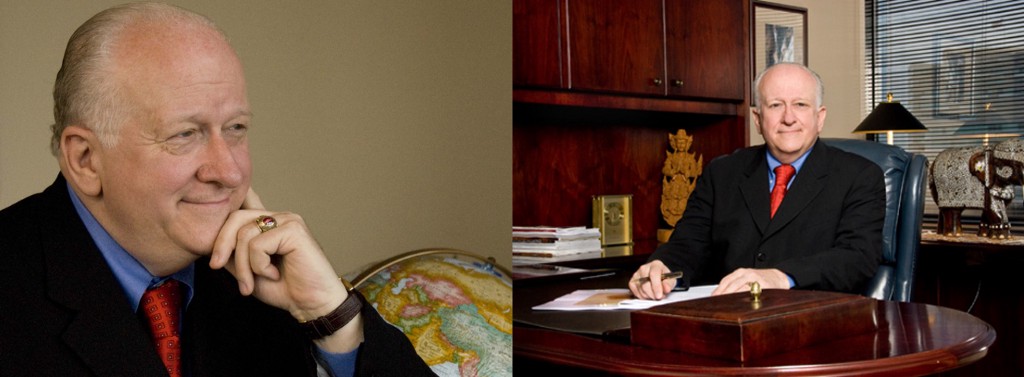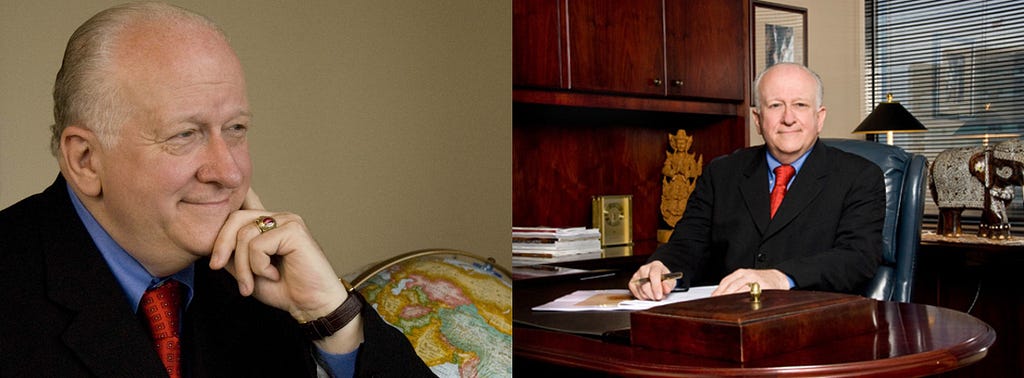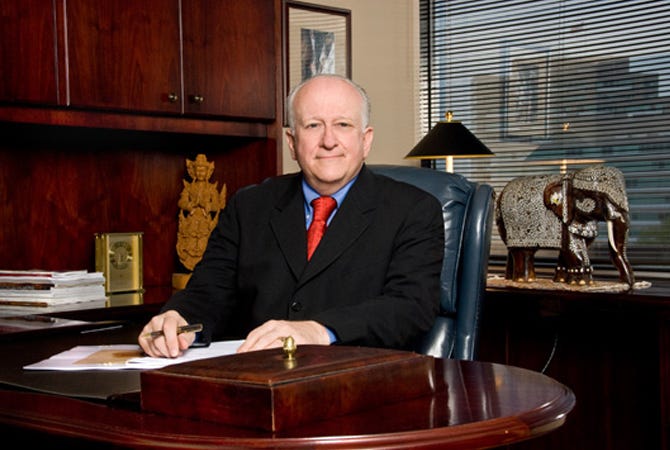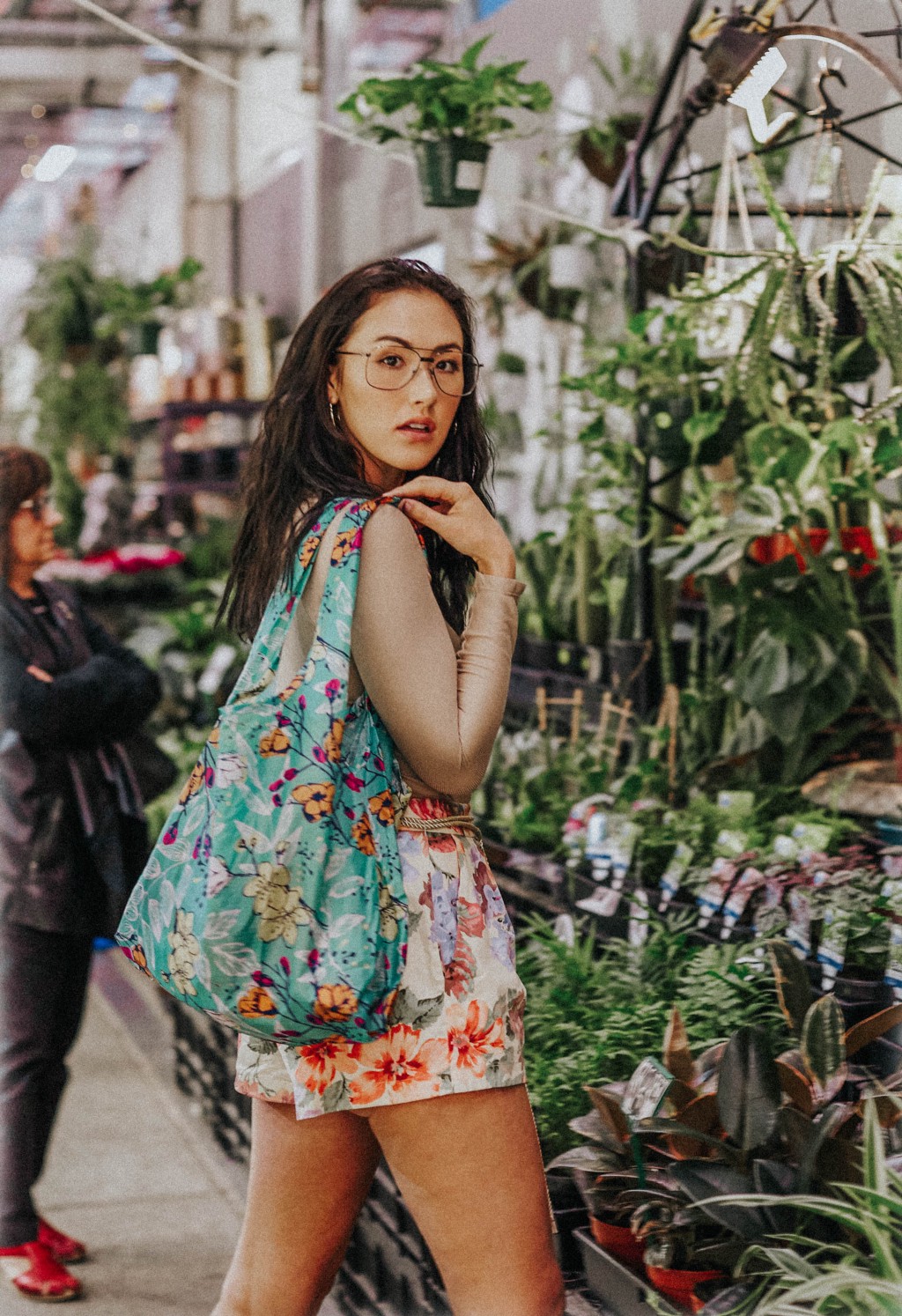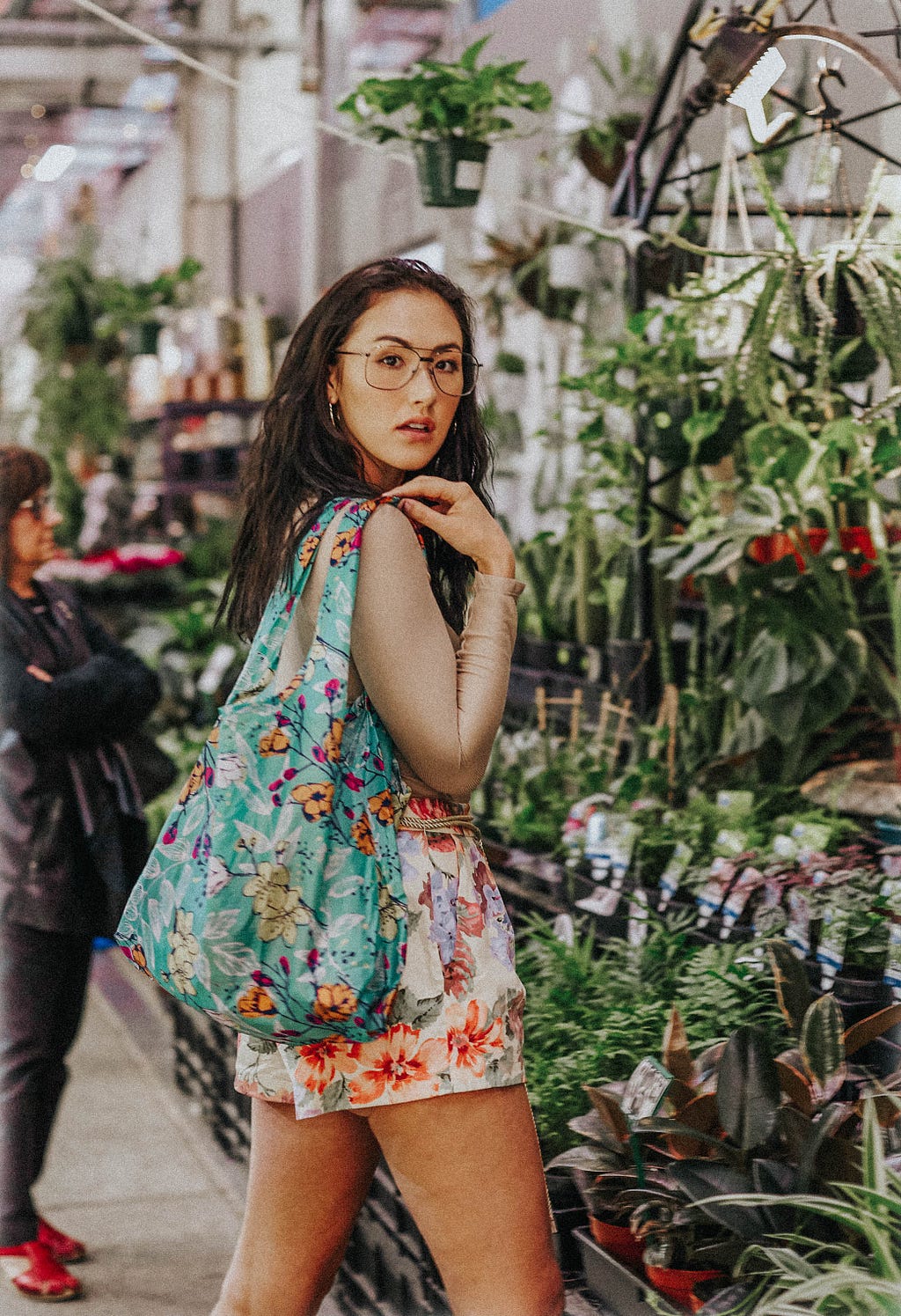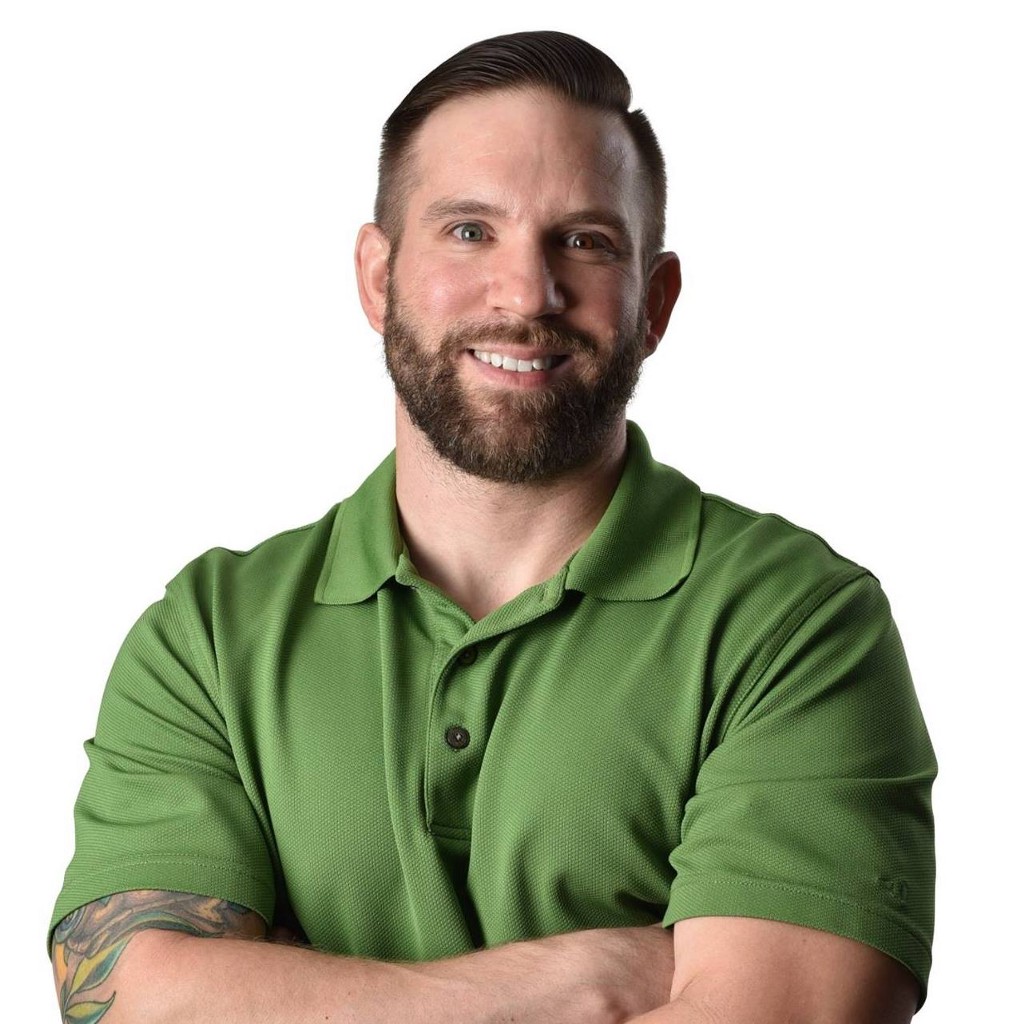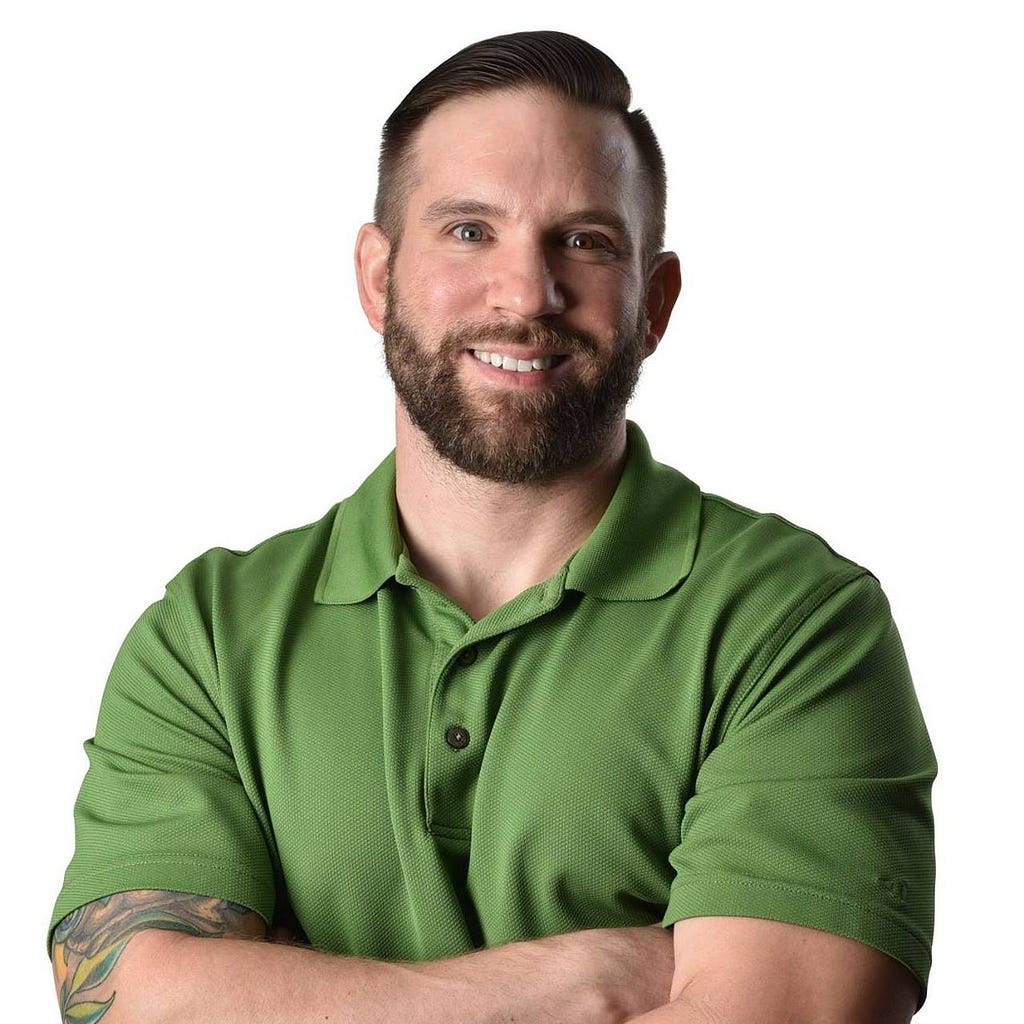“Nothing beats hard work. Yes, you can be smart about it and having a good network helps, but so much of success in whatever you want to achieve is down to the work and dedication you bring to the table.” with Sophie Radcliffe, a.k.a. “Challenge Sophie and Candice Georgiadis
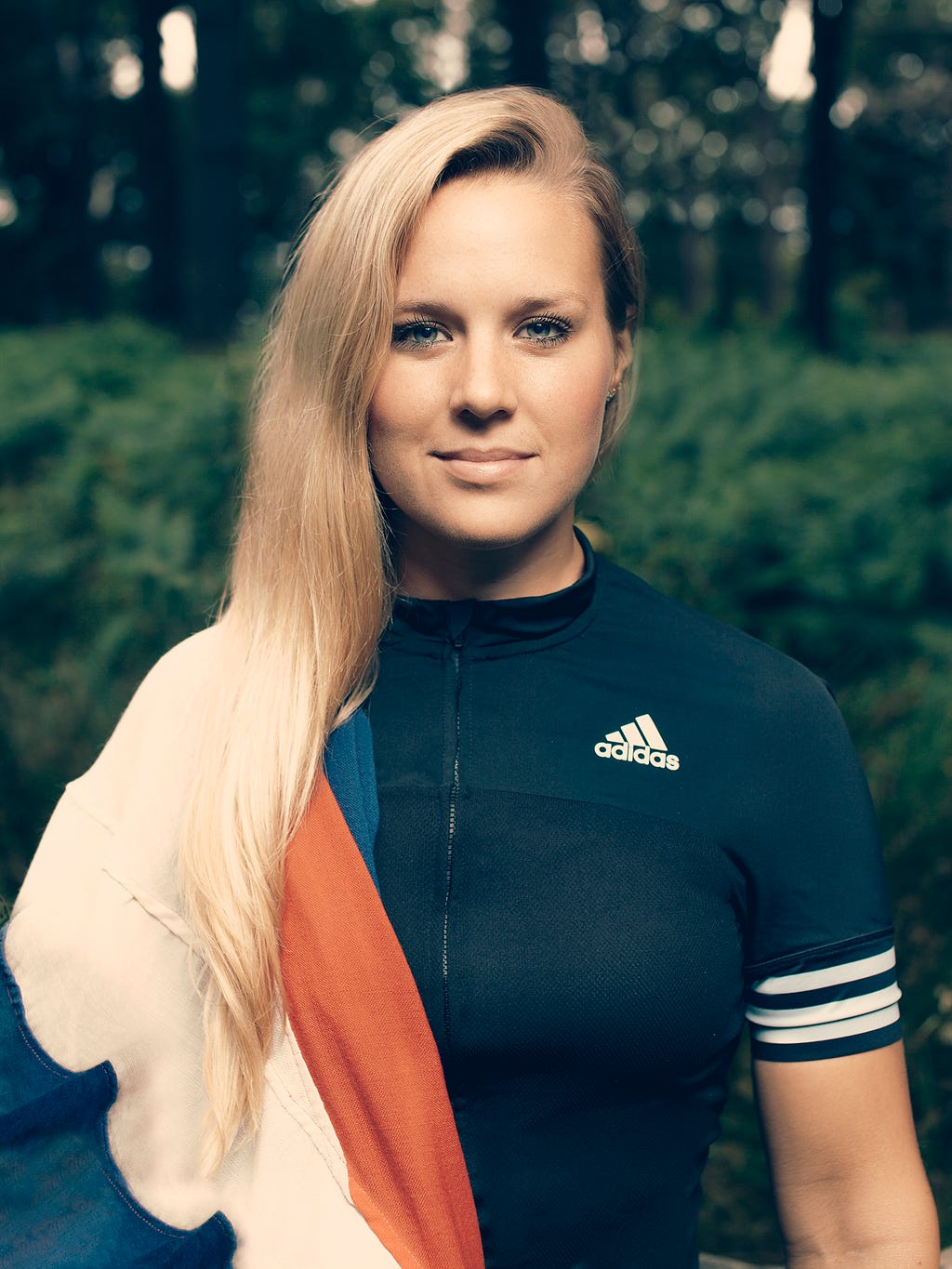
Nothing beats hard work. Yes, you can be smart about it and having a good network helps, but so much of success in whatever you want to achieve is down to the work and dedication you bring to the table. You’ve got to want it more than anything else and consistently put in the hours. The two most important days in your life are the day you are born and the day you figure out why. For me, that was the day I delivered my first TrailBlazers workshop. I was completely immersed in a state of flow and left thinking “this is what I was born to do.”
I had the pleasure of interviewing Sophie Radcliffe, a.k.a. “Challenge Sophie”, an adventure athlete, writer and motivational speaker who quit her agency job to climb mountains, race through the jungles of Borneo, cycle across Europe — and combat sexism along the way. Her mission, in her own words, is “to champion ordinary people to achieve the extraordinary.”
Thank you so much for doing this with us! Can you tell us a story about what brought you to this specific career path?
Growing up I struggled a lot with figuring out how to be true to myself whilst also trying to fit in and be socially accepted by my peers. I was bullied at two different schools and I found body confidence to be an ongoing battle.
Fast forward a few years, I graduated from university, moved to London and took a 9-to-5 sales job in a startup. Within 6 months, I felt constricted. I couldn’t do the things I wanted to do and knew this wasn’t the place I was going to figure out who I was and what I was truly capable of.
Instead of letting the world define me, I decided to take this into my own hands and challenge myself so I could define who I was and what my limits were.
Why fit in when you were born to stand out!
My first challenge was an adventure race in the jungle of Borneo which completely changed my life. Everything I had struggled with for years suddenly became clear. It felt like a fire had been ignited that had been waiting to be lit my entire life.
The experience of setting myself a challenge, being dedicated and motivated, putting in the work, achieving something I thought was impossible and the sense of confidence and self-belief that comes with it. I loved being active as a child but wouldn’t say I was sporty and definitely didn’t grow up doing any kind of competitive sport and now I was adventure racing in the jungle!
This was 10 years ago. Since then, I’ve changed my life from an ordinary girl living in London with no sporting background to quitting my job and reinventing myself to become a globally recognised adventure athlete, motivational speaker, mentor, youth empowerment change maker and soon-to-be published author!
We all want to believe in ourselves and be courageous and resilient in the pursuit of the lives we deserve and dream of living, but the only way to strengthen self-belief is to do things that are difficult and scary.
We all want to feel that our lives are filled with limitless opportunities for growth, adventure, and joy, but in order to feel this, we need to be brave and challenge our limits. Finding out who you are when you are faced with adversity, I believe, is an incredibly worthwhile and powerful path to pursue!
Confidence is like a muscle, the more you train it, the stronger it gets!
I’ve also grown to accept and love my body for what it can do rather than what it looks like.
My mission is to champion ordinary people achieving extraordinary things! I want to help people become mentally strong, resilient, motivated, confident and courageous individuals who have the tools, inspiration, and support to overcome fear and pursue the lives they deserve. Hopefully, this gives an insight into what I do, why I do it and how I came to this career path!
Can you share the most interesting story that happened to you since you began this career?
When I first quit my job, I decided to tear up the rule book I felt I’d been living by since I was born and start fresh. I had ticked a number of the boxes I felt I was supposed to tick: ‘get good grades, graduate from university, get a job, earn money, save, find a partner and settle down, etc…’ but I felt like I was following someone else’s dream and not mine.
Free from the shackles of the 9–5 I moved to Chamonix, a gorgeous mountain town in the French Alps and began a new chapter! I challenged myself to climb the highest mountains in the 8 Alpine countries and cycle between them — becoming the only person in history to do so.
This put me on the map and gave me credibility — opening the door to talk about the things I am passionate about.
A year later I was sponsored by Adidas and giving a Ted Talk ‘Achieve Your Extraordinary’ to an audience of 1,000 people. Just shows the change you can create when you make big decisions and go for it!
Can you share a story about the funniest mistake you made when you were first starting? Can you tell us what lesson you learned from that?
Whilst training for my first Ironman, I went on a week-long training camp with a triathlon club in Spain. To my dismay, I realised on the plane that I hadn’t packed any underwear and we were staying out in the middle of nowhere so I couldn’t buy any either.
This was just one more lesson in rolling with the punches and letting go!

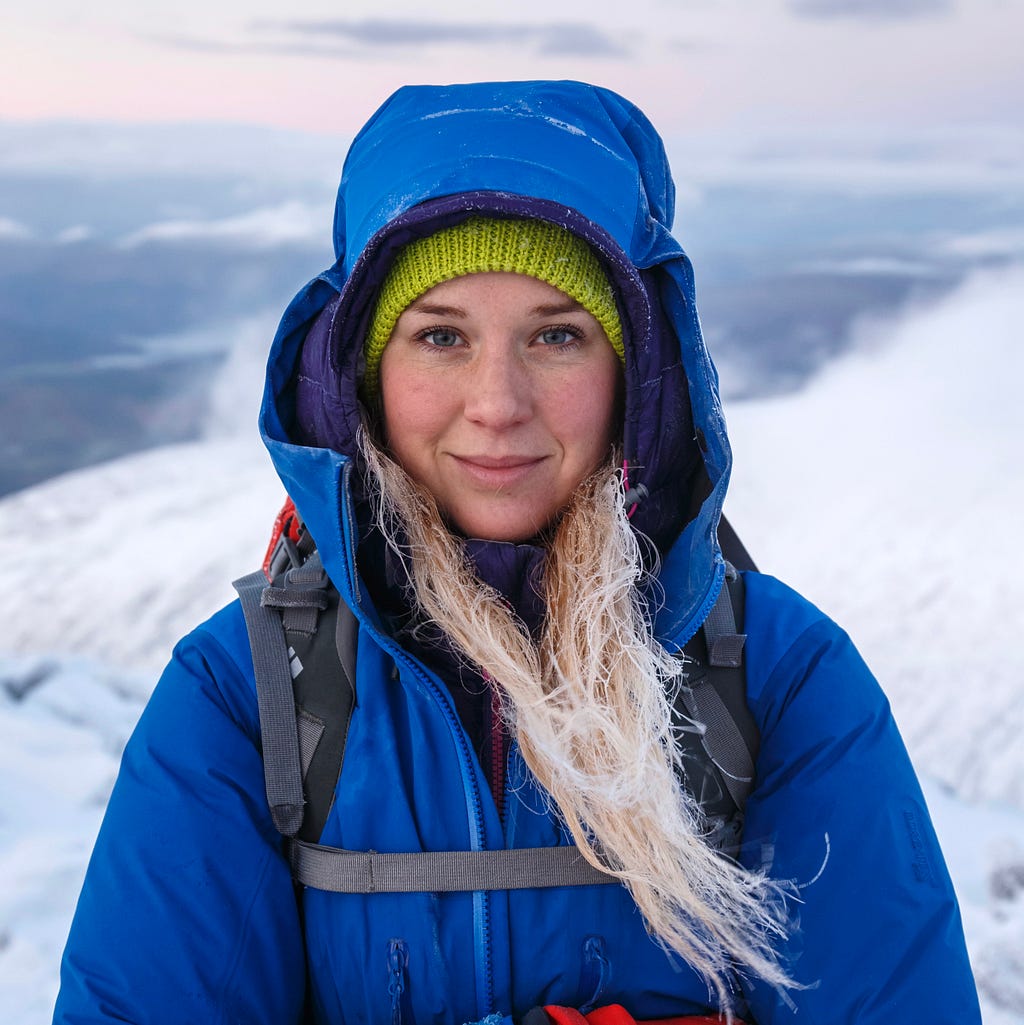
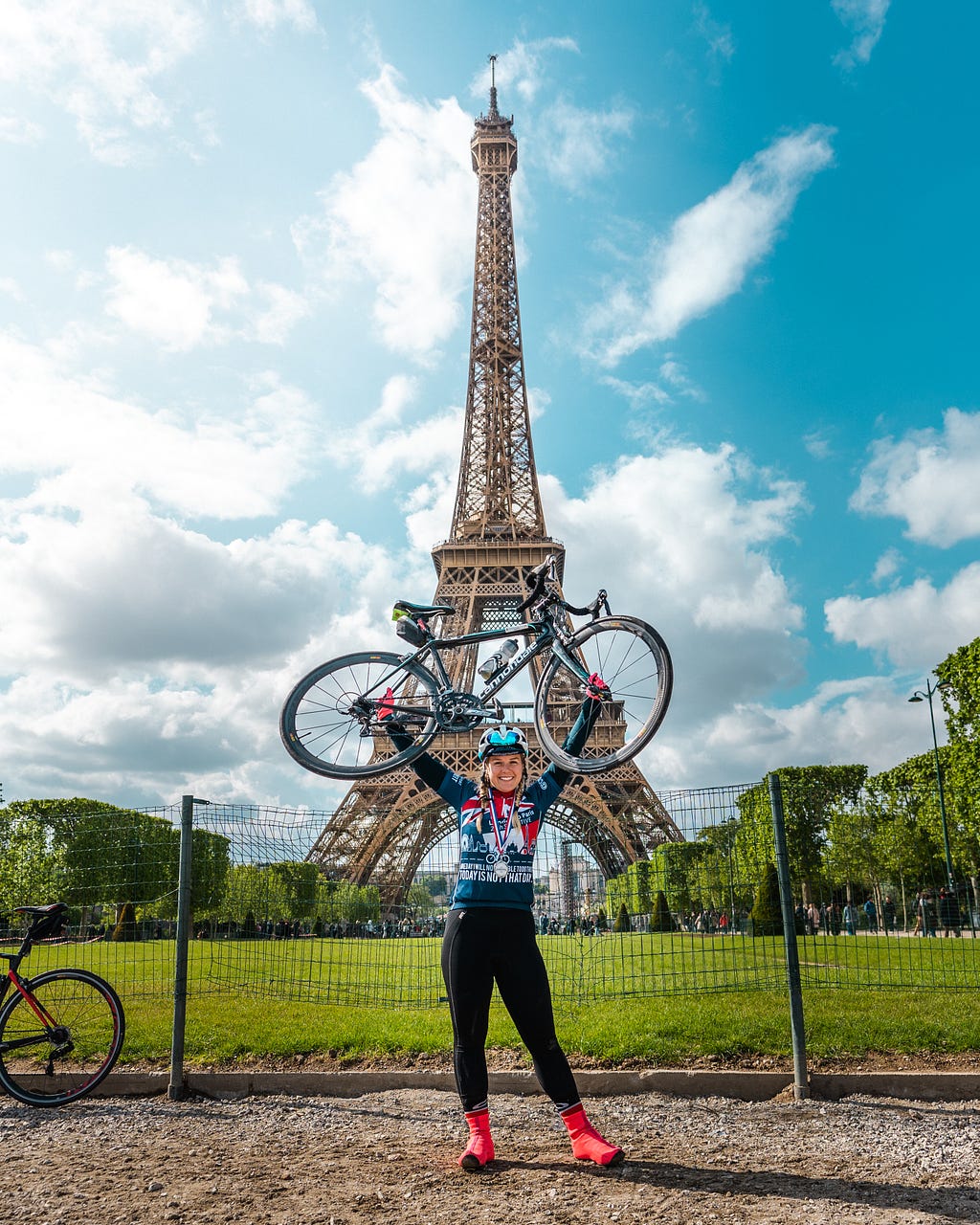
Ok super. Let’s now jump to the core focus of our interview. Can you describe to our readers how you are using your platform to make a significant social impact?
Ever since I started blogging and building a platform on social media I made a commitment to be a force for good. My goal is to break down barriers by sharing my experiences and insights in a way that’s accessible for people.
So whether someone wants to quit their job and start their own business like I did, move country, climb a mountain, run a marathon or be strong enough to leave a relationship that’s not working, I want them to think “If she can do it, so can I.”
I share my story openly and honestly on social media and my blog, I give talks around the world, do podcast interviews and offer daily support and advice to people who write to me.
However, the biggest part of my work happens offline. In a bid to tackle rising mental health issues with teenage girls, I founded a youth empowerment project called TrailBlazers which builds confidence, resilience and life skills in teenage girls to help them live courageously.
I also mentor people on a one-to-one basis to help them deal with change and adversity, and I organise an annual cycling challenge: 300kms from London to Paris in 24 hours to give people the opportunity and support to change their lives through the power of this epic sporting challenge!
We’ve since had over 500 riders — many who’d never done a long bike race before.
Wow! Can you tell us a story about a particular individual who was impacted by this cause?
A lady called Caroline emailed me a week before my annual London to Paris cycling challenge she was booked onto saying she wouldn’t be able to make it as her step-dad had just passed away and she’d just broken up with her boyfriend. She didn’t feel strong enough to do it and anxiety was taken over her mind. I offered some words of comfort and urged her to give it a go!
Here’s what she wrote to me afterward:
“I joined the start line with so much anxiety and limiting beliefs. Throughout the journey, I pushed through every one of them and more. The sportive gave me everything I love about life; movement, challenge, the opportunity to connect with and encourage other people. People who inspire me. Pushing myself out of my comfort zone is where I truly find myself; I feel free and completely at one with myself. I am feeling the fear and doing it anyway! Fear and excitement live on opposite sides of the same line for me, they feel very similar physically. I am fortunate enough to have an inner drive and determination that won’t allow me to settle for an ordinary life. Therefore I have to take my fear which tries so hard to debilitate me and keep me still and push myself to complete these challenges because when I reach the other side, I feel so totally alive. It gives life meaning. The sense of positivity and self-belief increases and I just feel that it’s all going to be ok. It gives me peace, It fills my heart and soul.
This adventure has taught me that I can achieve so much more than I ever thought possible. That happiness is a choice, I chose to find my way to the start line and I know that that choice has put me in a much better position to deal with the loss in my life.
One day I will not be able to do this, but today is not that day!”
Was there a tipping point the made you decide to focus on this particular area? Can you share a story about that?
TrailBlazers was the tipping point for me. Everyone is aware of the dire situation in schools; mental health is a global epidemic facing our teens and social media is getting blamed but I think the problem goes far deeper than that.
Many of the girls I work with are described as “invisible” by their parents and teachers. They are dealing with so much criticism, judgment, pressure, and negativity on a daily basis — one of the most terrifying throwaway comments I hear students say to each other all the time is “you should go kill yourself” — that their aim is to exist without being noticed as much as possible.
I find this incredibly sad and vowed to do something about it! By creating a safe, support network and sharing my own struggles and vulnerabilities with the girls, I am able to help them bring who they really are in their hearts and minds to the surface and help them rise and shine.
Some of the girls were suicidal when I first met them and 8 months later they are different girls entirely with new friendship groups, mentoring girls in the year below them and winning ‘Inspiration Awards’ at school.
Recently I met with a group of the girls’ parents and one by one they came to me with tears in their eyes saying “TrailBlazers has changed her life.” So I know this is something I want to dedicate my life to!
Are there three things the community/society/politicians can do help you address the root of the problem you are trying to solve?
– Invest in mental health initiatives that get people active, spending more time in nature and learning how to connect and foster a sense of community
– Make volunteering part of our lives so that everyone learns to invest in giving back and doing things to help other people
– Reduce the focus on bad news in the press. This feeds a mindset of negativity and what we need in the world are more people that see the good in the world and contribute towards it on a daily basis. Imagine if every news slot had 20% dedicated to people doing good around the world!
What specific strategies have you been using to promote and advance this cause? Can you recommend any good tips for people who want to follow your lead and use their social platform for a social good?
I’m always adapting the type of content I put out online and thinking about what problems my community are facing that I can try to help them with.
I regularly ask them if there’s something specific I can help with too. I’m going to start doing more video chats with people and I receive hundreds of email conversations but I want to get these online so I can support more than one person at a time.
The advice I give is personal and practical but I believe in dreaming big and being bold so I always encourage people to adopt this mindset too. Often in our friendship groups, not everyone is supportive when someone wants to do something out of the ordinary, so I offer that support when someone needs it.
What are your “5 things I wish someone told me when I first started” and why? Please share a story or example for each
1. Life is not a linear path in an upward trajectory. Sometimes you have to be prepared to take what feels like a step backward in order to move forward in a new direction.
2. 1 plus 1 equals 3. This is something my mentor, Chris Moss, says. The idea being that the combination of two people’s minds and energy is greater than the sum of their parts if they were working alone. Teamwork and collaboration are the way forward!
3. Try things on and give everything a go as it’s only through this that your path will become clear. Big decisions stir the universe and create waves!
4. Nothing beats hard work. Yes, you can be smart about it and having a good network helps, but so much of success in whatever you want to achieve is down to the work and dedication you bring to the table. You’ve got to want it more than anything else and consistently put in the hours. The two most important days in your life are the day you are born and the day you figure out why. For me, that was the day I delivered my first TrailBlazers workshop. I was completely immersed in a state of flow and left thinking “this is what I was born to do.”
5. Be a do-er not a talker. Do the things you say you are going to do and don’t wait until you feel ready as you may end up missing your chance. Many people say they are going to do something, dream about it, talk about it, but never end up doing it. Be someone who takes action.
A ship in the harbour is safe, but that’s not what a ship was built for. Go Sailing!
You are a person of enormous influence. If you could inspire a movement that would bring the most amount of good to the most amount of people, what would that be? You never know what your idea can trigger. 🙂
The simplest things can often have the biggest impact.
Something that’s accessible to all of us, for free, and is really powerful for physical and mental health is spending time outside in nature.
The movement I want to start is to encourage people to spend one hour outside per week away from technology. In a world that’s constantly making us feel like we are not enough, it’s so important to make time to be still, reflect and look back, to appreciate how far we’ve come.
If we are always looking forward and moving towards the next goal we miss the opportunity to reflect. Being, thinking, creating, dreaming, watching, listening and walking are all incredibly valuable pursuits and just an hour in nature doing any of these is proven to have a huge impact on our mental health and overall wellbeing!
#DisconnectToReconnect #OneHourOutside
Can you please give us your favorite “Life Lesson Quote”? Can you share how that was relevant to you in your life?
One life, Live it!
Is there a person in the world, or in the US whom you would love to have a private breakfast or lunch with, and why? He or she might just see this, especially if we tag them. 🙂
Michelle Obama. I’ve just finished reading Becoming and as a woman who made a lot of personal sacrifices in her life in pursuit of not only her dreams, but moreso, her husband’s dreams, I’d love to have a really open conversation about that! I also think she’d love to hear about TrailBlazers!
Thank you for joining us!
“Nothing beats hard work; Yes, you can be smart about it and having a good network helps, but so… was originally published in Authority Magazine on Medium, where people are continuing the conversation by highlighting and responding to this story.


